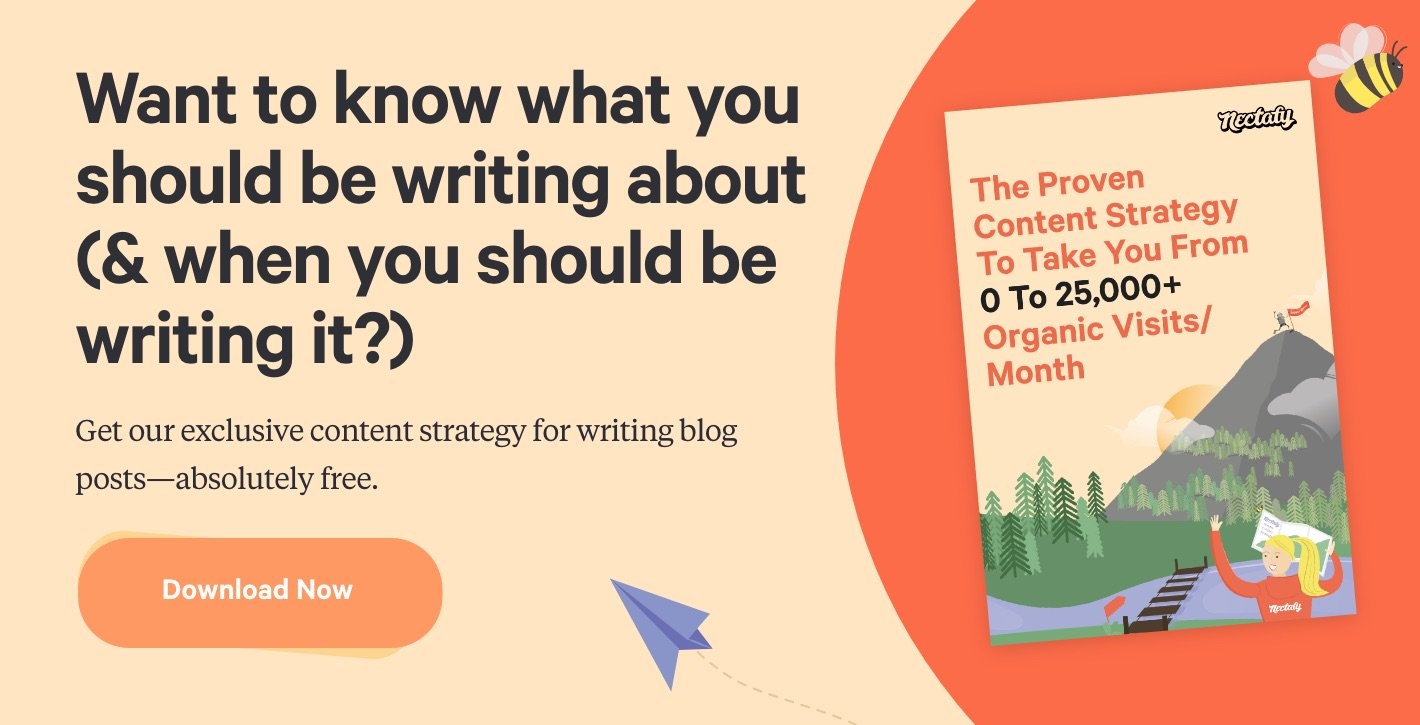Build Your Inbound Marketing Funnel With 1 Approach No One Talks About


A healthy inbound marketing funnel is a thing of beauty.
Visitors come to your site. They become leads. They turn into happy customers. Then they effervesce into raving fans.
At the very top of this funnel are those who don’t really know you exist, but have somehow stumbled upon your site and are blissfully unaware that your services could potentially help them have a better life. This is often called “top of funnel” (TOF)—clever, I know—or some folks with larger vocabularies call it the “awareness” stage. (I’ve always thought that sounded kind of funny, like a small baby suddenly becoming aware—“Hey, that finger is attached to me!”)
In the middle of this funnel are those who are aware of the types of solutions your company provides, but they don’t really know too much about your company. So, if your company sells paper clip solutions, for instance, your visitors may be trying to figure out the best way to keep various sizes of papers together, but they’re not sure whether they should be looking at folders, filing, clipping, stapling, taping, gluing, thumbtacking, or going all digital with it. This is called “middle of funnel” (MOF) or the “consideration” phase.
At the bottom of the funnel are those who know about your company and realize that you could likely solve a problem, but they’re trying to figure out if you’re the best solution for them. This is called “bottom of funnel” (BOF) or the “decision” phase. These are the people comparing your company to other companies.
You’ve probably seen and read plenty about a buying funnel like this, and you might have even found yourself rattling off phrases like “TOFU” (another abbreviation for top of funnel) and “MQL” (marketing qualified lead)—just because they’re so much fun to say. But chances are, your inbound marketing funnel isn’t really working like you wish it would.
You want more of the right leads at the right time.
Here’s one thing we’ve discovered that works for us and for our clients. It could amp up your marketing funnel in some pretty startling ways.
Move Beyond Buyer Personas
When you first start out in inbound marketing, you’ll hear an awful lot about buyer personas. It’s a great exercise to figure out the type of person that is most likely to become a valuable customer. (If you’re not too familiar with the process, you could start here.)
But for many companies, creating a buyer persona becomes an end to itself. If you stop after making one, all you really have is a sweet slide deck with lots of hypothetical data and you just end up feeling kind of good about yourself for getting it done.
If you’re serious about building your inbound funnel, though, you need to move beyond that buyer persona—start thinking about things from their perspective. Simply ask yourself, “If I were my buyer persona, what problems would I be trying solve?”
We call this creating buyer questions.
Create Buyer Questions
Henry was the one that introduced me to this invaluable exercise. (He learned about it from Ardeth Albee at Marketing Interactions.) Aside from that, I haven't heard anyone talk about this valuable piece of the inbound marketing process! And I don't know why not—it gives you some amazing insight into your leads.
The first step is calling up a couple of existing customers who fit your persona descriptions and simply talking them through what I’m about to share—their insight will help you immensely during this process. Call on your sales team for help, as well, since they’re the ones dealing with prospects on a daily basis. See if they can chip in some real-life questions they field.
Like I mentioned above, the key question to ask your existing customers, your sales team, and yourself is: “If I were this buyer persona, what problems would I be trying solve?”
To simplify this exercise (since it could be a little overwhelming to try to think of everything your buyer personas could be wishing they could figure out), just come up with 5-10 questions they might be asking depending on where they are in their buying process.
To make things fun, here’s an example. Let’s say we’ve discovered that one of our buyer personas is Steve Salesmanager. (Yes, his last name is Salesmanager.) He manages a team of 15 salespeople and has been noticing lately how much time his team spends on booking and rescheduling meetings and phone calls.
Let’s think through what Steve would be asking to try to solve this problem in each stage of the inbound marketing funnel—TOF, MOF, and BOF.
TOF: What kind of problems does this person face that would make them likely to look for the answer online (that may or may not be solutions our company provides)?
Steve might wonder…
- How much time does the average salesperson spend booking meetings?
- I bet other sales teams have this issue. How have they solved it?
- Is there a way to share calendars publicly?
MOF: What kind of questions would this person have if they were comparing different solutions of these problems, and which of those solutions does our company provide?
Steve might wonder…
- What are the most popular appointment scheduling software tools?
- Could we build a scheduling tool internally?
- How much time could we save by using software?
BOF: What kind of questions would this person have about our company or specific products/services?
Steve might wonder…
- What is the cost and how does that compare to competitors?
- Can my salespeople show times they are busy without showing exactly what meeting they’ll be in?
- Do you have case studies for how this product has worked for similar clients?
Get All Analytical With It
After brainstorming, you’ll probably have a list of about 15-20 questions that you believe are on your persona’s mind. Guess what? Most likely, there are people out there typing those questions (or at least the keywords of those questions) into a search engine right now! That’s what makes inbound marketing so powerful. You just need to figure out exactly what people are searching for, so you can provide the solutions they’re seeking.
So, the next step in this process is to take some time to research what specific words or phrases—relating to those questions you came up with—that people are searching for online. Here’s a way to do it.
After that, you’ll have a list of buyer questions and related keyword phrases to go along with them. And then it’ll be time to turn that list into article and offer topics and start answering your buyer persona’s questions through content.
Boom. Told you it was simple.
But I hear you arguing with me. “Lance, we’re not experts on all of this stuff! How can we write about it?” (Don’t worry—I’m not really listening to your microphone. That would be creepy.)
Remember, Being An Expert Is Overrated
Simply write from an honest perspective—about what you’ve tried and what has or hasn’t worked for you. It’s incredible how helpful someone’s personal experience is when you’re trying to work out a solution. Your buyer persona will appreciate it more than you realize.
We do this pretty frequently here at Nectafy. We know we don’t have the answers to everything, but we’re certainly willing to try things and report on how they went. It’s a pretty basic formula.
There’s an added benefit to this approach toward inbound marketing. If you write your own thoughts, your prospects are much more likely to trust you because you’re being real. That’s one reason why simply hiring a blog writing company to churn out articles for you without including insights from anyone in your company is so ineffective for inbound marketing. It may bring traffic, but it won’t build trust or make a prospect glad they found your solution.
Solve, Don’t Sell
Notice that in both the top and middle of the inbound marketing funnel, your prospect doesn’t really even know who you are or what your company does—they’re simply wanting to solve problems. So, for TOF and MOF content, you won’t even be writing about your company! That’s because truly effective inbound marketing allows the lead to come to the conclusion that they should become a customer on their own. It becomes the obvious conclusion without you forcing it on them.
If you’ve done your homework well (creating buyer questions and doing keyword research around those questions), and if you’ve provided real solutions or real insights into the problems that matter to your buyer personas through your content, by the time they’ve reached the middle of the funnel, they will already be really comfortable with your company. And that means they’ll be closer to doing business with you—now that’s a healthy inbound marketing funnel at work!


